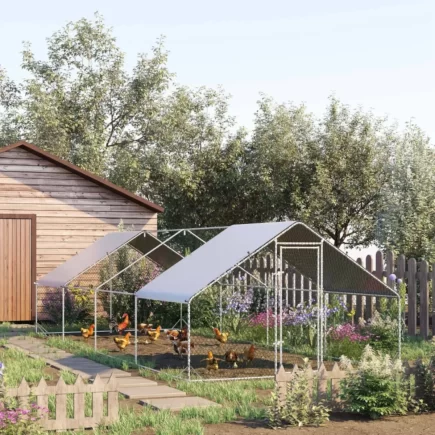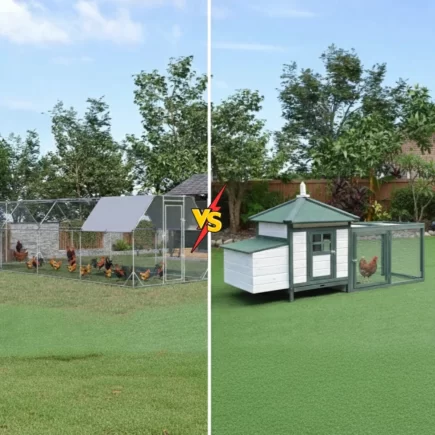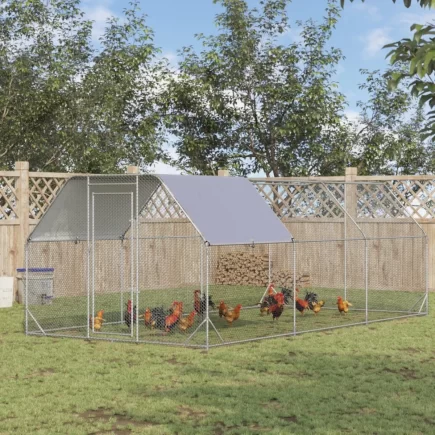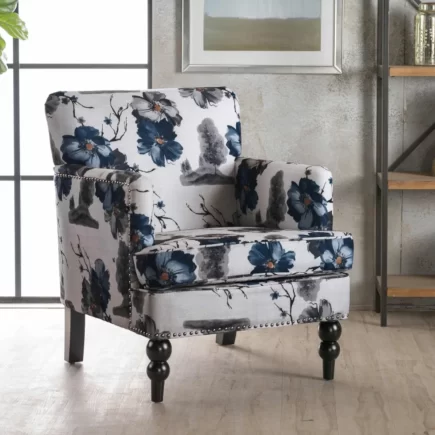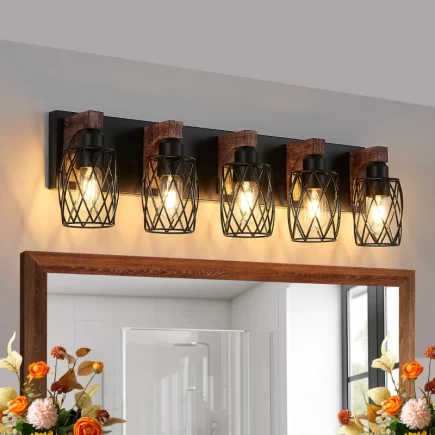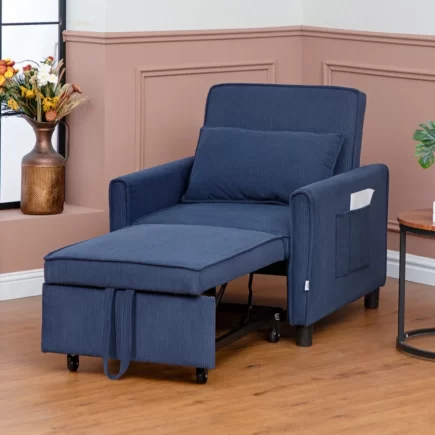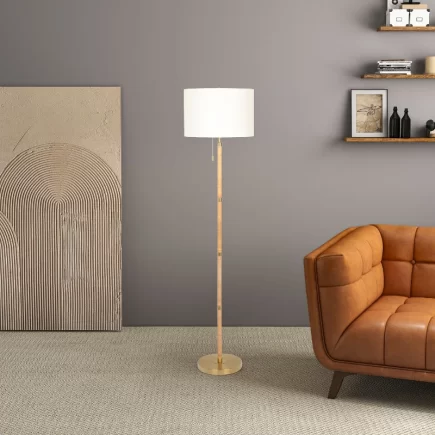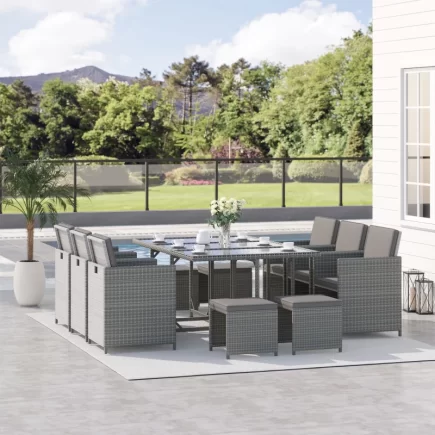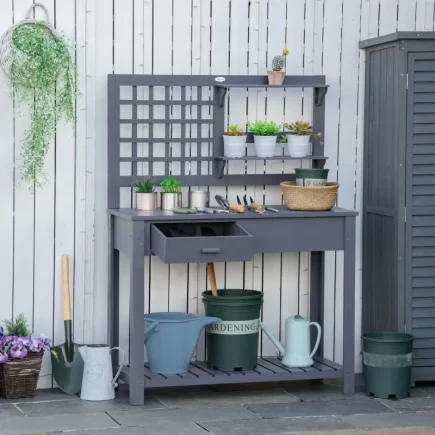Building your own chaise lounge chair offers a great opportunity to create a custom piece of furniture that fits perfectly with your personal style and needs. Whether you want to lounge by the pool, relax in the garden, or enjoy some quiet moments on your patio, a DIY chaise lounge chair can be both functional and stylish.

This detailed guide will help you craft a sturdy and comfortable chaise lounge chair. From materials to tools, we’ll take you through each step of the process with specific measurements to help guide you perfectly for both beginners and experienced DIY enthusiasts.
Essential Materials & Tools
Before we start building, let’s ensure you have all the necessary materials and tools.
Materials
| Material | Description |
| Wood Types | Cedar, teak, or fir – these types of wood are known for being durable and weather-resistant. They are perfect for outdoor furniture and are easy to work with. |
| Screws | 1 5/8-inch and 3-inch deck screws (rust-resistant). These are the most commonly used screws for this type of project. |
| Wood Glue | A strong adhesive to bond the joints together securely. |
| Varnish or Wood Stain | Protects the wood from outdoor elements such as rain and UV rays. Staining also enhances the natural beauty of the wood. |
| Cushions (Optional) | Outdoor cushions for extra comfort, especially if you’re planning to lounge for extended periods. Make sure they are water-resistant and mildew-resistant. |
| Outdoor Fabric | If you plan to upholster the cushions, choose a fabric designed for outdoor use. |
Tools
| Tool | Description |
| Measuring Tape | To ensure precise cuts and measurements for all parts of the chair. |
| Saw | A table saw or miter saw for cutting the wood pieces accurately. |
| Drill/Driver | Essential for drilling pilot holes and driving screws into the wood. |
| Clamps | To hold the wood pieces together while assembling the frame. |
| Hammer and Nails | Used when securing parts that do not require screws. |
| Safety Gear | Wear safety goggles, gloves, and ear protection when using power tools. |
Step-by-Step Guide to Building a Wooden Chaise Lounge Chair
Step 1: Preparing the Wood
Preparing the wood for your chaise lounge chair is an essential first step to ensure everything fits together well and the final result looks polished.
Cutting the Wood
Here are the precise measurements for the various parts of your chaise lounge chair. These dimensions are suitable for a typical adult-sized chair, but you can adjust them to your preferences.

- Seat Slats:
- Length: 41.7 inches (same as the seat length of the chair)
- Width: 4 inches (provides comfortable seating)
- Thickness: ¾ inch (standard thickness for durability)
- Backrest Slats:
- Length: 20 inches (backrest width)
- Width: 4 inches (same as seat slats)
- Thickness: ¾ inch (for strength and comfort)
- Legs:
- Height: 13.8 inches (standard height for a comfortable lounging position)
- Width: 3 inches (thicker legs for stability)
- Depth: 3 inches
- Backrest Angle:
The backrest should be tilted at an angle of approximately 110 to 120 degrees for optimal comfort when reclining.
Sanding the Wood
Once you’ve made your cuts, use 100-grit sandpaper to smooth out any rough edges. Afterward, finish with 220-grit sandpaper for a finer, smoother finish. This ensures a comfortable and splinter-free surface.

Step 2: Assembling the Frame
Now that your pieces are prepared, it’s time to begin assembling the frame. This is the backbone of your chaise lounge, and the most important step to ensure sturdiness.
Attaching the Legs
Start by attaching the four legs to the seat frame. Use wood glue for an extra strong bond, and reinforce the connection with 1 5/8-inch deck screws. The legs should be placed 13.8 inches apart (the height of the legs), and positioned squarely to the frame. This ensures stability.

Securing the Backrest Support
Once the legs are in place, attach the backrest support. It should be positioned 20 inches from the seat frame’s back edge. Reinforce this joint with screws and, optionally, wood glue. For extra strength, use corner brackets where the legs meet the seat frame.
To add extra stability, you can install diagonal braces between the backrest support and the seat frame. This will prevent any wobbling when the chair is used.

Step 3: Installing the Seat and Backrest Slats
The seat and backrest slats are what make your chaise lounge functional and comfortable. These parts need to be secured properly to provide a firm seat while allowing water to drain off.
Positioning the Slats
Start with the seat slats. Lay them evenly across the frame, leaving a ¼-inch gap between each slat for water drainage (important for outdoor use). The seat slats will span the full 41.7-inch length of the seat frame.
For the backrest slats, position them at a 20-degree angle to the seat. The backrest slats should span 20 inches in length, with a 4-inch width for each slat. Ensure that the backrest is positioned at a comfortable reclining angle for lounging.

Securing the Slats
Once you’re happy with the positioning, use screws to secure the slats. Drill pilot holes first to prevent any cracking in the wood. Secure each slat firmly using 3-inch screws. This step ensures durability, particularly if the chaise lounge will be used outdoors.
Tip for Durability: If building an outdoor chaise lounge, consider using weather-resistant wood like teak or cedar, and opt for rust-resistant screws.
Step 4: Adding Adjustability
An adjustable backrest is an essential feature that makes your chaise lounge even more comfortable. Whether you prefer to sit upright or lie flat, an adjustable backrest gives you the flexibility to change positions.
Creating an Adjustable Backrest
To add an adjustable backrest, you can use heavy-duty hinges or a sliding rail system. These allow the backrest to move between different positions (flat, inclined, and somewhere in between). A sliding mechanism can be attached to the backrest support, with slots to accommodate different reclining angles.

- Backrest Angle Adjustment: The backrest should be adjustable to three positions: flat (for napping), slightly reclined (for reading or lounging), and fully upright (for sitting).
Tips for the Adjustable Mechanism
- Use durable, high-quality hinges or rail systems to ensure the mechanism lasts for years.
- Make sure the backrest locks securely in place when adjusted to avoid any slipping while you recline.
Step 5: Finishing Touches
Now that your chair is assembled, it’s time to give it a polished look and protect it from the elements.
Staining or Varnishing the Wood
Apply a protective wood stain or varnish to the entire chair. This step is essential for protecting the wood from the sun, rain, and general wear and tear. Staining not only enhances the wood’s color but also prevents moisture from seeping into the grain, which can cause damage.
Drying Time: Allow the chair to dry for at least 24 hours before using it. This ensures the varnish or stain fully sets.
Adding Cushions
For extra comfort, add outdoor cushions. Choose cushions designed for outdoor furniture, as they are water-resistant and mildew-resistant. Consider fabric colors that complement your outdoor decor. Place the cushions on the seat and backrest, ensuring they stay securely in place.
Building your own chaise lounge chair is a fun and rewarding project that adds a unique, custom piece to your space. By following the detailed steps and using the specific measurements provided, you can create a comfortable, durable, and stylish lounge chair that will enhance your patio, poolside, or garden. For those looking to buy a pre-made chaise lounge or additional accessories, check out Aosom’s Outdoor Loungers for a wide selection of high-quality outdoor furniture.
FAQs
How do I choose the right materials for a chaise lounge chair?
Select durable materials like hardwood for the frame, as it ensures strength and longevity. Opt for comfortable, weather-resistant cushions if used outdoors, such as foam with a water-resistant cover. The fabric should be breathable and easy to clean.
How do I ensure the chaise lounge chair is comfortable?
To enhance comfort, focus on ergonomic design by making sure the backrest and seat are angled properly. Use thick, high-quality padding for the cushions and ensure the fabric allows for air circulation to avoid discomfort from heat retention.
How do I maintain a chaise lounge chair?
Regularly clean the fabric using mild soap and water to remove dirt and prevent stains. Check for loose screws and tighten them periodically, and store the chair in a covered area during harsh weather to prevent wear and tear.

